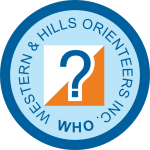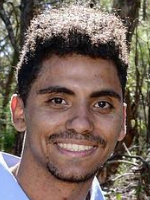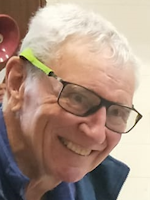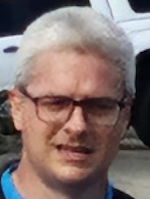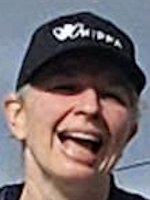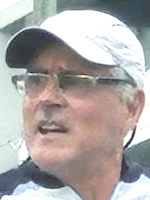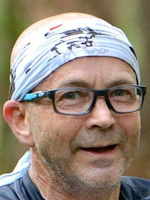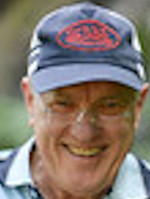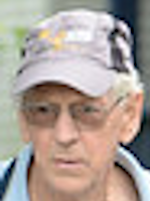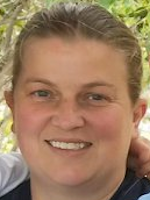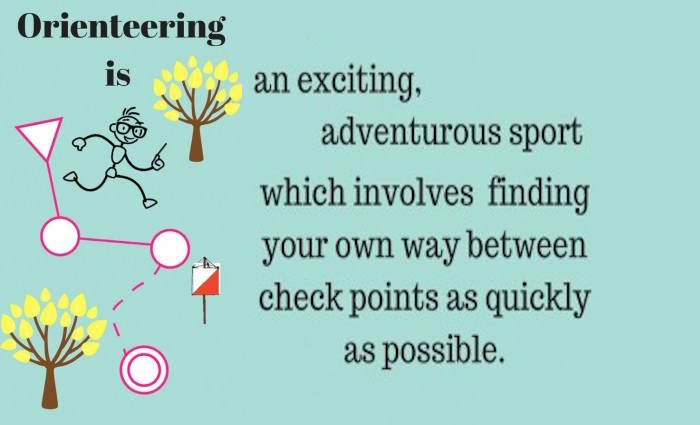
The aim of orienteering is to navigate your way around a course with a series of checkpoints called controls.
The course is marked on a map provided by the organisers. The controls are placed on definite features such as track and creek junctions, a fence bend or a distinctive boulder.
The control site is marked with an orange and white flag which has attached a device to record your visit. The recording device can be electronic, a pin punch or a code to enter on a card with a pencil. Use of the recording device proves you visited the checkpoint. (When you enter an event the officials will confirm the recording method.)
Orienteering Australia have produced a video to show what orienteering is all about. Click here to find it.
Maps
- Orienteering maps are specially prepared to be clear and easy to read on the run.
- The map scale is usually 1:15000 (1cm = 150m) or 1:10000 (1cm = 100m).
- Sprint events are becoming popular with special maps at 1:5000 or 1:4000.
Choose your own route
- The skill in orienteering is choosing the best route between checkpoints.
- Courses for beginners are planned to be easy with little route choice.
- As you develop navigation skills you move up to more difficult courses with more route choice.
- You will learn to decide whether it is better to go over a hill or take the longer route around it.
- The accurate "tortoise" is quicker than the "hare" who darts off and makes mistakes in navigation.
Who goes orienteering?
- Orienteering events provide a range of courses to cater for all participants.
- The courses are graded by age, length and the degree of navigation difficulty.
- There are short, easy courses for beginners and juniors to long difficult courses designed for the fit and navigationally challenged.
- Orienteering caters for all ages and for social and recreational participants as well as elite competitive athletes.
- There is a course at every event for all members of a family. Family members and friends can enjoy the challenge of a course participating as a group.
- Every course is different, presenting its own unique challenge.
What do you need to start orienteering?
- To start you can wear jeans and a t-shirt with a pair of volleys (remember to bring a change of clothes, as well as a bottle of drink and a snack).
- There is a small entry fee which includes the cost of a special orienteering map. Bring a clear plastic A4 protector to keep the map clean and dry.
- For easier courses in well-defined terrain you probably do not need a compass. Ask the organisers on the day. A compass is available for hire if needed and you will be shown how to use it.
Remember - the whole point of orienteering is to have fun in a health promoting way!
Read More:
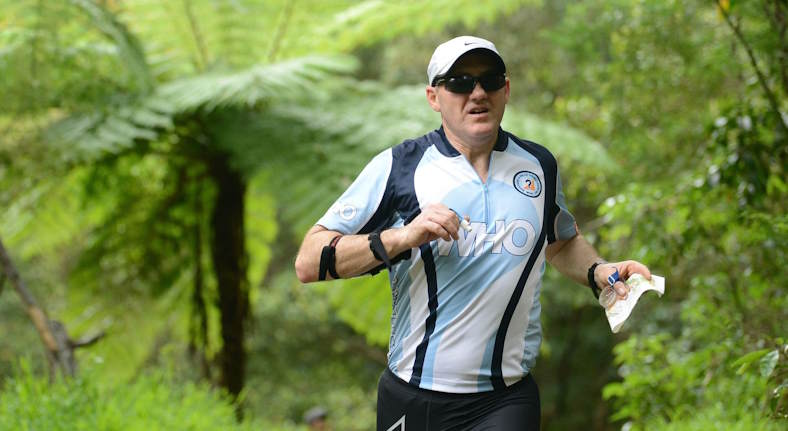
The Five Key Skills
When you can use these five techniques skillfully, you will be able to find any control on any orienteering map in the world.
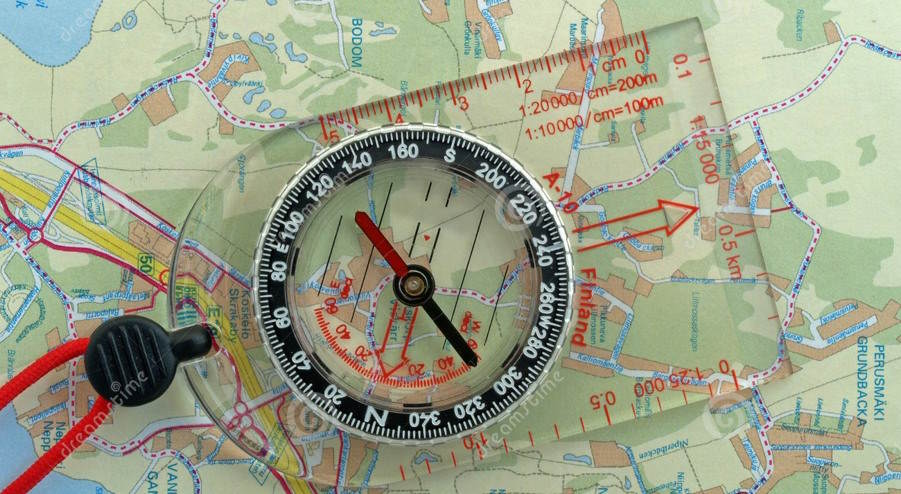
Compass Skills
When you can use these five techniques skillfully, you will be able to find any control on any orienteering map in the world.
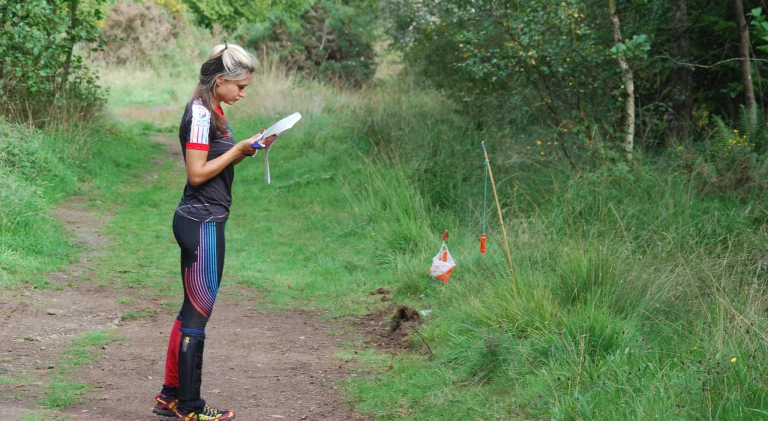
"Better Orienteering"
is a website that has a lot more information for newcomers to orienteering.
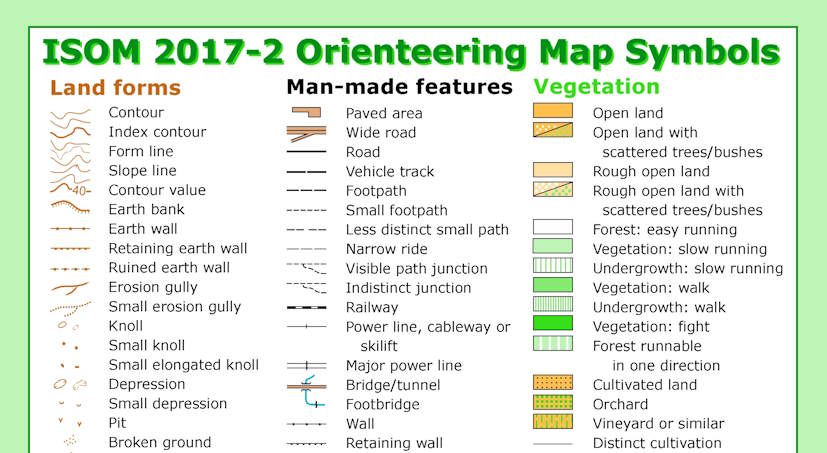
O-Map Symbols
Want to know more about orienteering symbols. "Map Runner" has a set of detailed pages for bush, sprint and school maps.
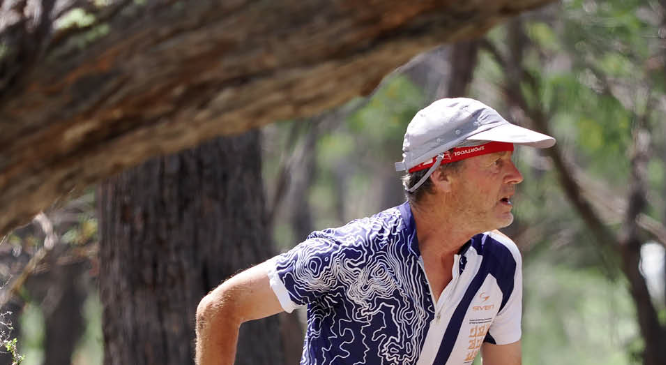
Go Orienteering
"Orienteering" Australia's website also has some training guides that you may find useful.
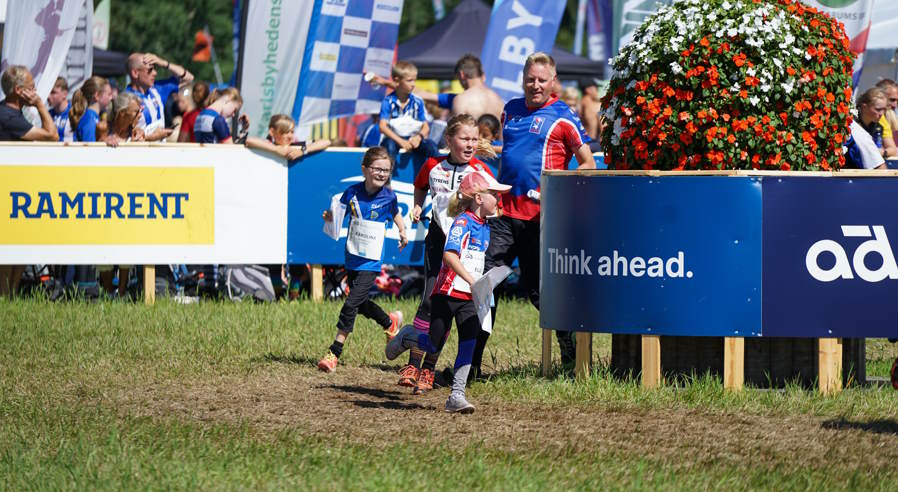
Orienteering Basics
The Swedish Orienteering Federation's website's beginners pages
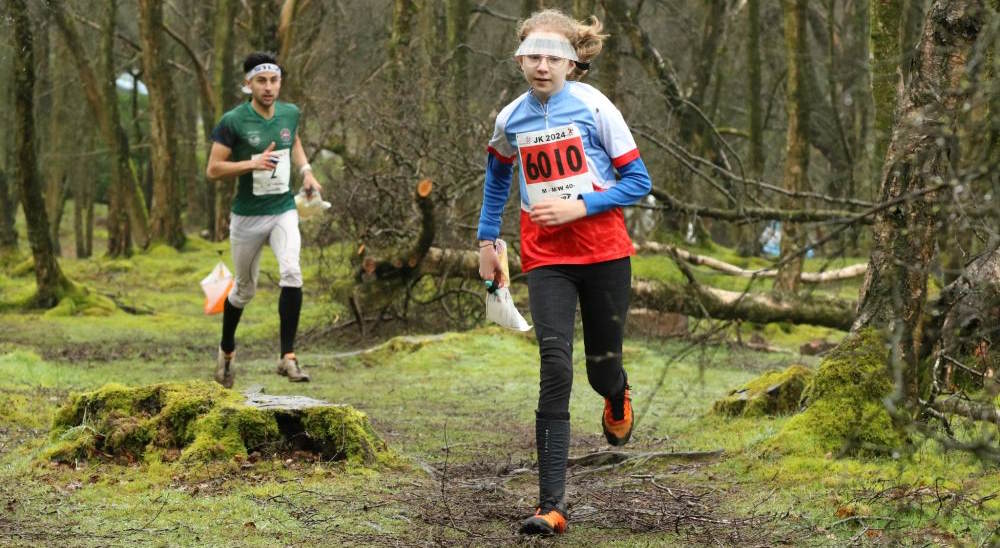
Beginners Videos
South London Orienteer's (SLOW) website has excellent videos for beginners.
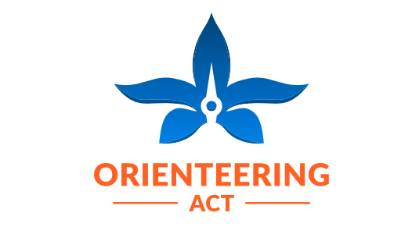
Orienteering ACT
has a web page full of excellent stuff for orienteering initiates
